In Italy, for a product to be called “wine,” it must have an alcohol content of at least 9%, with some exceptions for certain denominations. Dealcoholized wine starts as a normally produced wine, which is then subjected to a process of partial or total dealcoholization.
The European Union authorized the production and sale of dealcoholized wines in 2021. According to the EU directive, “dealcoholized wine” must have an alcohol content not exceeding 0.5%, while “partially dealcoholized wine” has an alcohol content between 0.5% and 9%. The EU directive sets rules and standards for the production and marketing of these wines, requiring clear and specific labeling. Additionally, the processes used to reduce alcohol must not cause organoleptic defects in the wines, and the removal of ethanol must not be combined with an increase in the sugar content of the grape must.
It is possible to dealcoholize various types of wine, including sparkling wine and carbonated semi-sparkling wine. Total dealcoholization is allowed only for products without a designation of origin or geographical indication, while partial dealcoholization is permitted for all wines.



Comments are closed